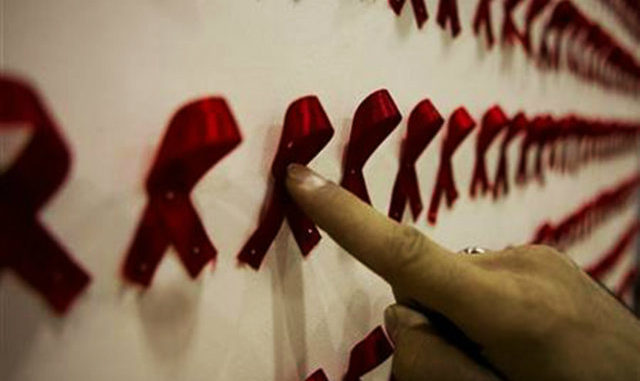
SANTIAGO – Chile’s government is struggling to control a growing number of new HIV cases, which have doubled over the past decade. Today about 25,000 people are being treated for the virus in Chile, and officials estimate that another 14,000 may be living with HIV without knowing it.
While this number may still be small when compared to neighboring countries, experts worry about the accuracy of government data. They say that as many as 50,000 people could be living with HIV in the country, despite Chile’s status as major economy, with the highest gross domestic product per capita in South America.
But Chile is not the only country in Latin America that has seen a rising rate of new infections. According to UNAIDS, Guatemala, Costa Rica and Honduras have all seen new infection rates increase more than 10 percent since 2010. And a few other countries, such as Argentina and Brazil, have seen small increases. Latin America as a whole, however, has kept the number of new infected individuals steady, at around 95,000 every year.
At the end of July, a UNAIDS report found Chile was the Latin American country with the highest percentage of new HIV infections since 2010, raising alert about a problem that wasn’t completely unknown in Chile, but has been underestimated by authorities.
While health care in Chile is free and universal access to antiretrovirals is guaranteed by law, treatment doesn’t adhere to the latest international guidelines. Chile also does not offer rapid testing or provide mobile clinics, which are standard approaches to diagnosis in other parts of the world, including in nations is Sub-Saharan Africa.
Chilean experts accuse health authorities of neglecting the need to get more people diagnosed and to adjust prevention measures to the mindset of younger generations, who tend to engage in riskier sexual practices.



